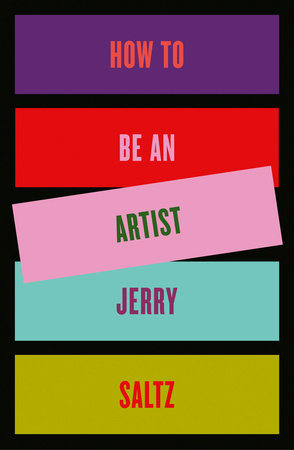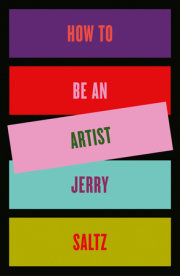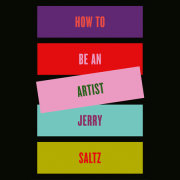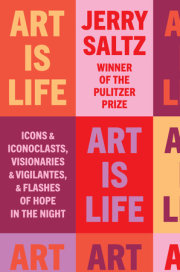Step One: You Are a Total Amateur Five lessons before you even get started. Lesson 1: Don’t Be Embarrassed I get it. Making art can be humiliating, terrifying, leave you feeling foul, exposed, like getting naked in front of someone else for the first time.
You often reveal things about yourself that others may find appalling, weird, boring, or stupid. People may think you’re abnormal or a hack. Fine. When I work, I feel sick to my stomach with thoughts like
None of this is any good. It makes no sense. But art doesn’t have to make sense. It doesn’t even need to be good. So don’t worry about being smart and let go of being “good.”
Lesson 2: “Tell your own story and you will be interesting.” — Louise Bourgeois Amen, Louise. Don’t be reined in by other people’s definitions of skill or beauty or be boxed in by what is supposedly high or low. Don’t stay in your own lane. Drawing within the lines is for babies; making things add up and be right is for accountants. Proficiency and dexterity are only as good as what you do with them.
But also remember that just because it’s your story, that doesn’t mean you’re entitled to an audience. You have to earn that. Don’t try to do it with a big single project. Take baby steps. And be happy with baby steps.
Lesson 3: Feel Free to Imitate We all start as copycats, people who make pastiches of other people’s work. Fine! Do that. However, when you do this, focus, start to feel the sense of possibility in making all these things your own — even when the ideas, tools, and moves come from other artists. Whenever you make anything, think of yourself as entering a gigantic stadium filled with ideas, avenues, ways, means, and materials. And possibilities. Make these things yours.
This is your house now. Lesson 4: Art Is Not About Understanding. Or Mastery. It is about doing and experience. No one asks what Mozart means. Or an Indian raga or the little tripping dance of Fred Astaire and Ginger Rogers to “Cheek to Cheek” in
Top Hat. Forget about making things that are understood. I don’t know what Abba means, but I love it. Imagination is your creed; sentimentality and lack of feeling your foe. All art comes from love — love of doing something.
Lesson 5: Work, Work, Work Sister Corita Kent said, “The only rule is work. If you work, it will lead to something. It’s the people who do all of the work all the time who eventually catch onto things.”
I have tried every way in the world to stop work-block or fear of working, of failure. There is only one method that works: work. And keep working.
Every artist and writer I know claims to work in their sleep. I do all the time. Jasper Johns famously said, “One night I dreamed that I painted a large American flag, and the next morning I got up and I went out and bought the materials to begin it.” How many times have you been given a whole career in your dreams and not heeded it? It doesn’t matter how scared you are; everyone is scared.
Work. Work is the only thing that takes the curse of fear away.
Copyright © 2020 by Jerry Saltz. All rights reserved. No part of this excerpt may be reproduced or reprinted without permission in writing from the publisher.









